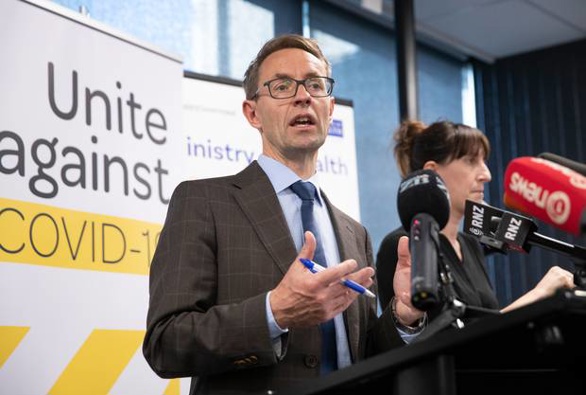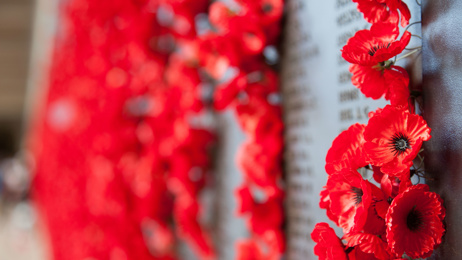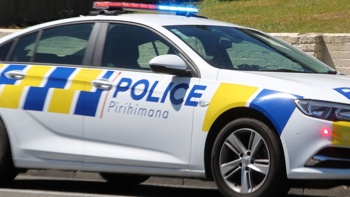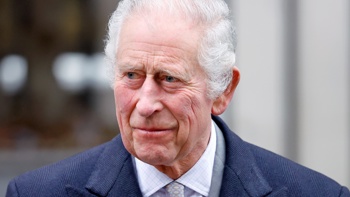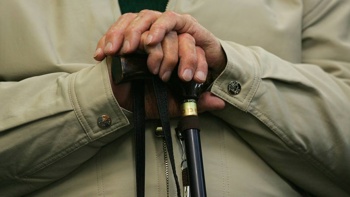All foreign aircrews will have to complete their layovers in New Zealand in managed isolation as part of a new policy to keep the borders tight.
"That's a new development," director general of health Ashley Bloomfield told the Herald this morning.
"There's been a lot of work with the airline industry to see what we could do to further strengthen that safety at the border, especially because there are accelerating numbers of cases in many of the countries that people are flying in from.
"The crews coming in from overseas-based airlines will now be housed in managed isolation facilities before they fly out again."
Aircrew are exempt from the regular testing of border-facing workers that was mandated in a Public Health Response order earlier this month.
Bloomfield has repeatedly responded to concerns about this exemption by saying that work with airlines was ongoing to ensure a satisfactory safety regime would be set up.
He said New Zealand-based aircrew did not have to go to a managed isolation or quarantine (MIQ) facility.
"They still do a couple of days self-isolation and require a negative test before the go out and about."
Board of Airlines Representatives of NZ executive director Justin Tighe-Umbers said the new requirements would likely be implemented before the end of the month.
"Airlines recognise the need to meet the measures that will keep New Zealand and the border safe.
"They're comfortable to meet the requirements, and indeed a number of them are already staying in some of those facilities anyway."
Only 31 per cent of MIQ cases genomically sequenced
All positive cases will now be genomically sequenced to provide the best clues about the source of an outbreak and how cases are linked, Bloomfield said.
There is still no certainty about how the current Auckland cluster started, and efforts to find the source have been hindered by the small proportion of MIQ cases that were genomically sequenced.
Only about 20 per cent of the 143 MIQ cases had been sequenced on August 11, when the outbreak was first detected.
Currently 49 out of 158 MIQ cases - 31 per cent - have been sequenced, though the rate is much higher for all 1464 confirmed cases in New Zealand.
"Of all the samples since the start of the pandemic in New Zealand, they [ESR] have done the whole genome sequencing on over 50 per cent of cases, which is actually one of the highest in the world," Bloomfield said.
"Our plan now is that we do whole genome sequencing on every positive test result that we get."
Asked why the rate for MIQ cases was so low, Bloomfield said: "Because it wasn't routinely being done."
In recent weeks, he said ESR had been recovering and sampling as many MIQ cases as possible, focusing on cases that arrived from the UK - where the Covid-19 strain of the Auckland cluster is most commonly found.
"And they started looking for samples from people who tested positive during July, people from where the index case likely picked up an infection - if indeed it did come through MIQ.
"They still haven't found a match so there's no clue there, but obviously they keep looking."
He said there was nothing new to report on the genome sequencing of the weak positive case he identified yesterday.
Level 1 message: Get tested if you have symptoms
As the country outside Auckland moved to level 1 yesterday, Bloomfield stressed the importance of ongoing testing.
The messaging going forward will be for anyone who has symptoms to get tested, he said.
This is different to the end of June, when the message was for symptomatic people to get tested only if they had been overseas or had been in contact with a positive case, someone working at the border or at MIQ facilities, or someone who had been overseas.
"We were going into winter and primary care was worried about being overwhelmed by having to test everyone who might have a respiratory infection," Bloomfield said of the June messaging.
"And people just didn't see the need to get tested because we were saying we had effectively eliminated community transmission."
That led to daily testing numbers constantly falling below the recommended 4000 a day, which could have made a difference in catching the current outbreak earlier.
By the time Prime Minister Jacinda Ardern put out the "say yes to the test" message, the current outbreak was already spreading.
"Now we will keep the focus on testing anyone with respiratory symptoms, in addition to the surveillance [testing] around the borders and certain groups," Bloomfield said.
"There will be further testing of asymptomatic people as part of the ongoing testing through alert level 1 to keep the numbers up, and trying to get very early notification if there is any infection out there."
The next two weeks will focus on tourism and hospitality businesses, given the ongoing risk of someone carrying Covid-19 outside Auckland, which moves to full alert level 2 at 11.59pm tonight.
The use of pop-up testing stations, GP practices and community-based assessment centres will continue, alongside regular testing of border-facing workers.
"Those are the workers who are closest to an infection as it potentially comes across the border at both airports and seaports."

